| Car Albums | |||||
| Makers | |||||
| Models | |||||
| Bubble Cars | |||||
| Full menu functions for the buttons above are only available if you ALLOW BLOCKED CONTENT. My menu scripts provide drop-down menus that have been tested with the latest Mozilla browsers. If the scripts do not run, limited navigation is given by these buttons | |||||
Berkeley Cars Lawrie Bond had taken Sharps Commercials into manufacturing his 3-wheeler design as the Bond Minicar and he performed a similar thing with Berkeley Coachworks in Biggleswade. Berkeleys were generally built as 4-wheel open sports cars, and they were powered by motorcycle engines which drove through chains to a differential and gearbox to the front wheels. The first model had a 322cc 2-stroke twin cylinder engine and was launched at the 1956 London Motor Show. In January 1957 a new SE328 model was launched with a 328cc Excelsior engine. Later that year the SE492 model was introduced, now having a 492cc Excelsior 3-cylinder engine with a 4-speed gearbox. A new 'Foursome' body gave 2 little seats in the rear of the car. The 3-cylinder engine cause failures because of heat build up and the warranty claims took down profits. The next model of Berkeley from 1959 was given Royal Enfield twin cylinder 4-stroke engines which offered more power and less faults than the 3-cylinder 2-stroke. This B95 offered 40bhp, or 50bhp in the tuned B105 version. A 3-wheeler Berkeley was launched as the T60 in September 1959 with the 328cc Excelsior Talisman engine. The T60 was popular in Britain where its 3 wheels gave it tax and licensing advantages the same as for motorcycles. Although a prototype 'Bandit' sports car was built using a Ford Anglia engine, this did not proceed into production as Berkely collapsed in 1960 partly because the Caravan market went into decline. |
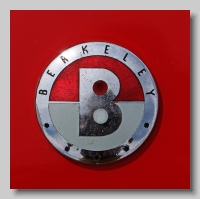
|
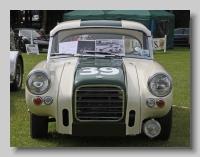
|
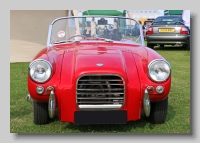
|
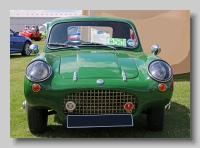
|
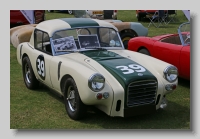
|
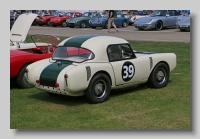
|
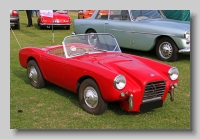
|
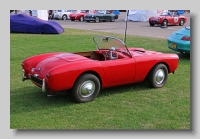
|
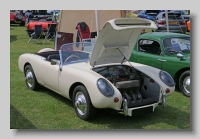
|
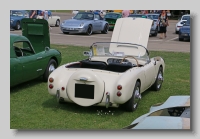
|
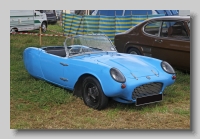
|
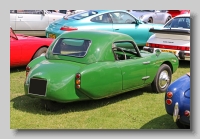
|
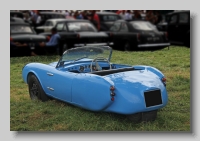
|
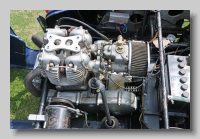
|
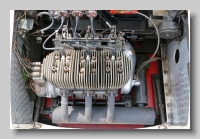
|
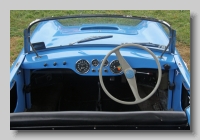
|
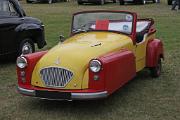
Lawrence 'Lawrie' Bond
|
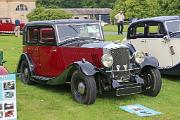
Berkeley Coachwork
|
| British Cars | Simon Cars | ||||
Images created by Simon GP Geoghegan Email Simon